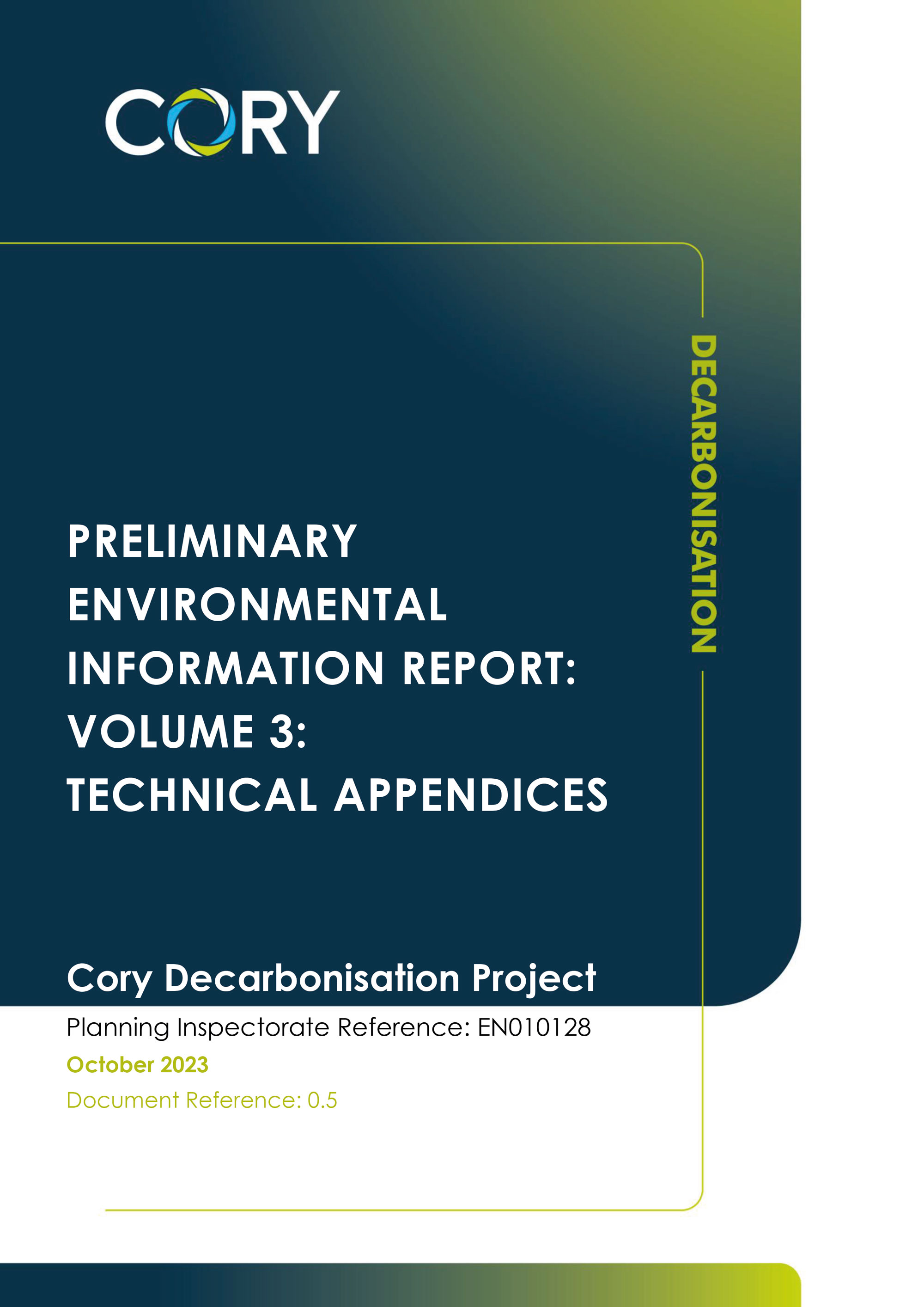Our PEIR
What is a PEIR and what is it for?
A PEIR is a Preliminary Environmental Information Report (PEIR) produced as part of the planning process for a Nationally Significant Infrastructure Project.
The purpose of the PEIR is to provide preliminary environmental information to enable members of the public and local communities, local authorities, statutory bodies, and people whose land or interests would potentially be affected to understand the likely environmental effects of the project at this preliminary stage of project development.
This helps to ensure that the importance of the predicted effects and the scope for avoiding, preventing, reducing or, if possible, offsetting them are properly understood by the public and the authority granting consent before it makes its decision.
Format of the PEIR
The PEIR is presented in 22 chapters across three volumes (1: Main Text; 2: Figures; and 3: Technical Appendices).
Chapter one of the PEIR is the Introduction, setting out relevant context including the requirement for Development Consent, the definition of and requirement for environmental impact assessment, relevant national policy and the purpose of the PEIR. Chapter two contains a detailed breakdown of our project including information on the Carbon Capture Facility, Proposed Jetty, Mitigation Area and Temporary Construction Compounds. Further information on the facilities, designations and surrounding area of the site can be found in the PEIR.
Chapter 3 presents the alternatives that have been considered in the design evolution to date and Chapter 4 sets out the overall approach to the EIA for the Proposed Scheme. A detailed overview of the methodology adopted for each technical topic is then provided within the respective chapter of the PEIR. The approach to the assessment has been informed by current best practice guidance, as set out within the Planning Inspectorate Advice Note Seven.
Chapters 5 to 20 are those individual technical topic chapters, with each containing a preliminary assessment of the environmental impacts of the Proposed Scheme as it is currently understood. Cory will be taking account of the results of this assessment in further developing the scheme, including the development of mitigation measures, to seek to minimise adverse environmental effects where possible.
Chapter 21 presents the method intended to be used for the assessment of combined and cumulative effects. In accordance with legislation and guidance, the following types of combined and cumulative effects will be assessed:
- Intra-project effects – the interaction and combination of different residual environmental effects of the Proposed Scheme affecting the same receptor. For example, visual and noise effects during construction affecting nearby homes.
- Inter-project effects – the residual environmental effects of the Proposed Scheme combining and interacting with the residual environmental effects of other, committed development(s), affecting the same receptor. For example, traffic effects upon users of the local road network because of the Proposed Scheme and a nearby industrial development.
Finally, Chapter 22 presents a summary of the preliminary effects considered to date.

A summary of the Preliminary Assessement of effects in the PEIR can be seen in the link below
View summary